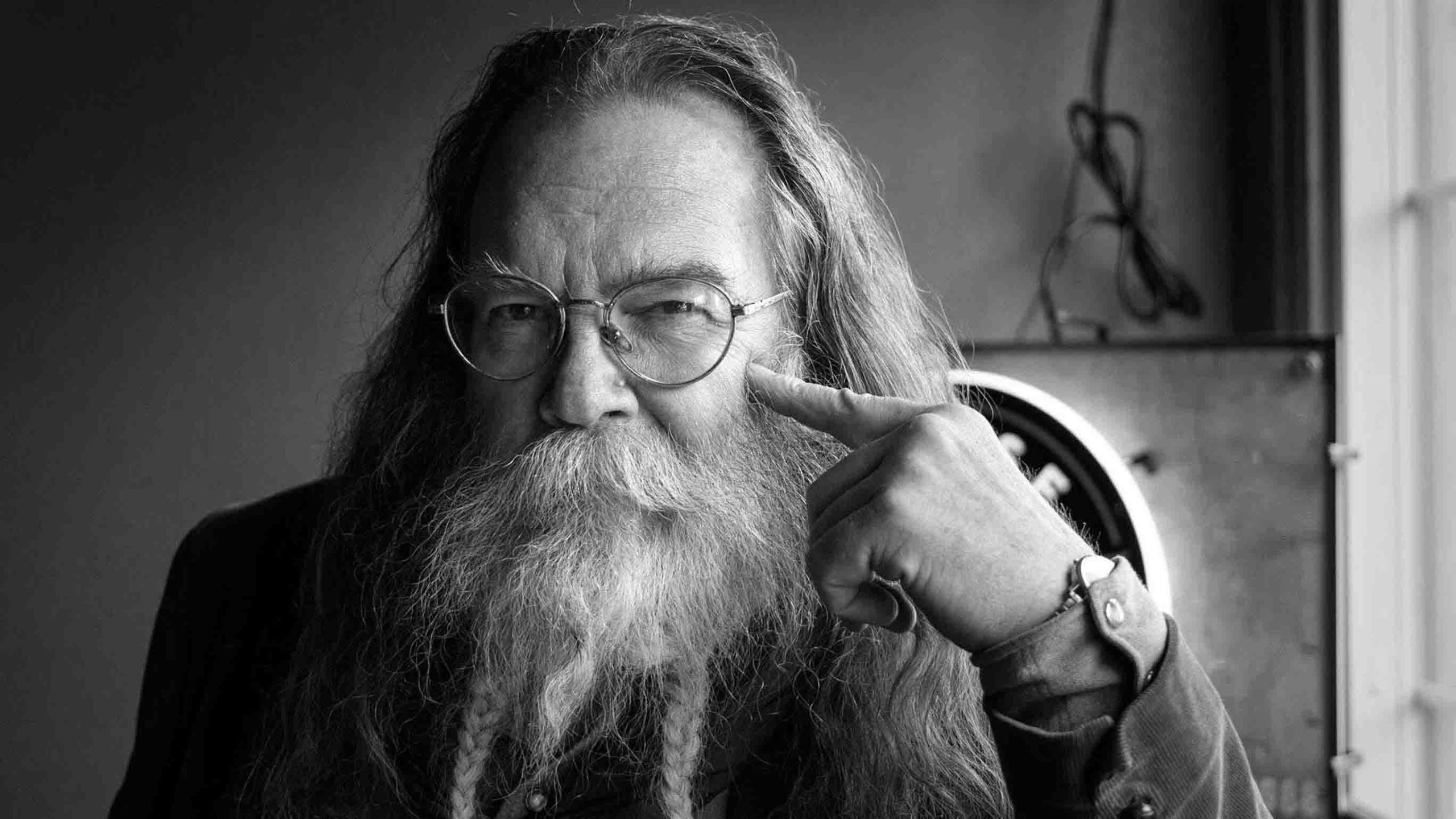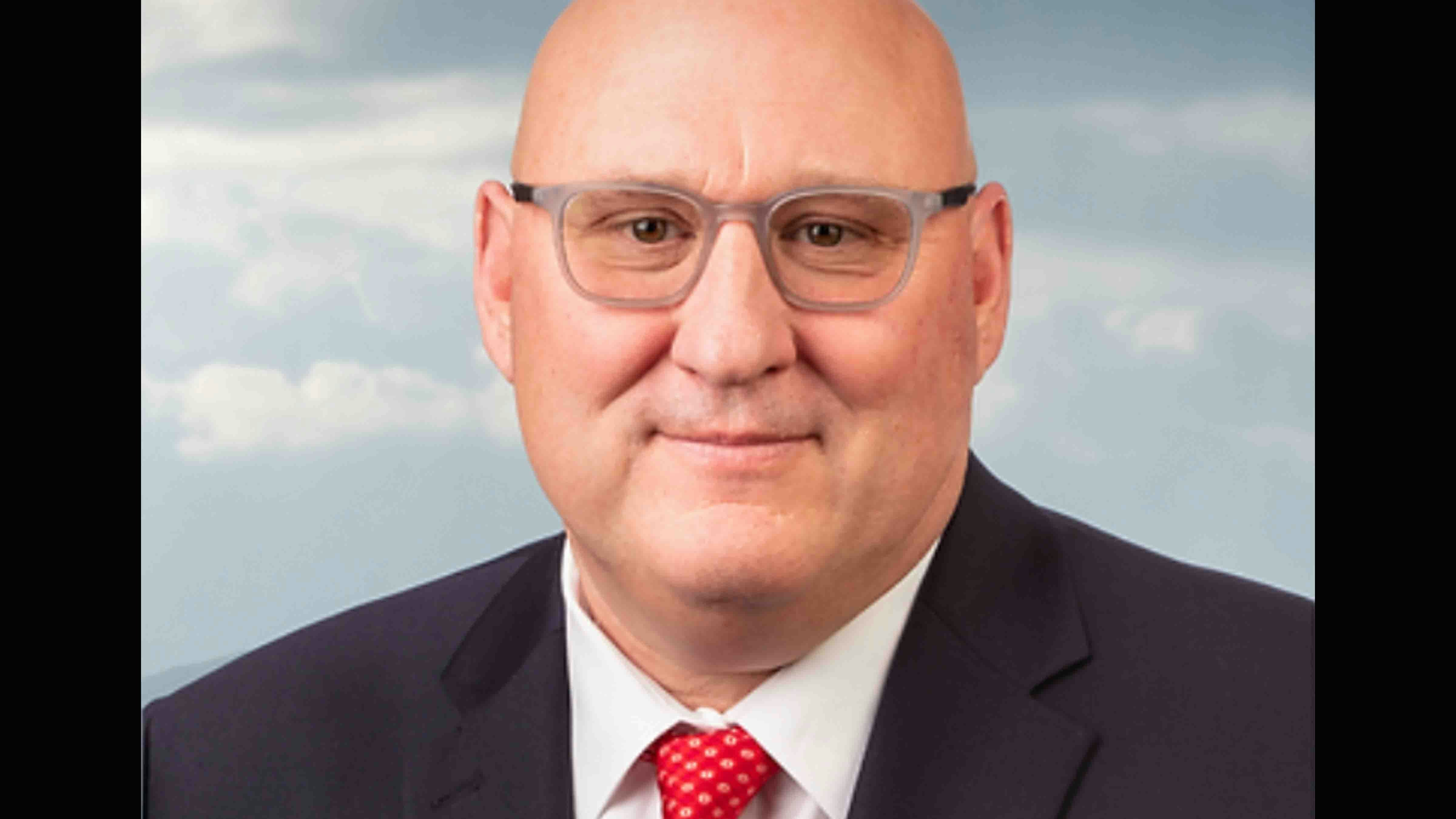Humans and horses have evolved together in an elegant symbiosis of work and love. Anatomically, we humans are perfectly built to ride horseback, and horses to carry us.
Our centers of gravity align perfectly with that of the horse between our knees. And the motions of a walking horse dovetail with the diastolic and systolic rhythms of the heart of a man aboard.
This natural compatibility has engendered a nearly inexplicable bond between men and horses that reaches deeper than the physical. People who work with and rely on horses feel a primordial love for them, for their loyalty and their willingness to help us.
Perhaps horses feel something akin to that toward us, but you’d have to be a horse to know. What I do know is that a horse named Bradley saved my life once when I was snowblinded.
With all that said, I have shot horses before but always with good reason. I have had to put down good horses that were injured beyond a vet’s ability to treat. I hated doing it, but it needed to be done out of compassion – and yes, love – for a suffering horse.
Newcomers to our area from God Knows Where often bought a ten-acre booger farm just outside Rawlins. They would buy a horse, then shortly realize that they didn’t have enough grass to feed a gopher. Rather than buy feed for their horse, they would turn it loose on the ID, perhaps hoping someone else would take care of it.
I would shoot these horses on sight to prevent them from spreading disease to our own brood herd. I hated to do it, but it needed done.
When I was in my early teens, Dad hired a hand to work on the ranch. I forget his given name, but his nickname was Hummer. He had a terribly scarred face from crawling into a cave in Korea. The Chinese machine gun crew in the cave shot him in the face before he killed them all.
Hummer would work you to death trying to keep up with him. Fencing, haying and irrigating were child’s play to him. But he had never been around horses. Dad fixed him up with a kid-gentle, bulletproof sorrel. I forget the horse’s name, but it likely began with “B” like most of the horses on the ranch.
After a few rides, Hummer really got the hang of cow work. And he developed that bond between man and horse that comes so very naturally. He would speak softly to the horse as they worked, and while he brushed the horse after unsaddling. He pampered him with extra oats.
One morning, Hummer’s mount limped in with the rest of the wrangle herd, bleeding from a deep wire cut in a cannon joint. You could see bone in the wound, deep in proud flesh.
Hummer was distraught when Dad told him that nothing could be done. The wound was too deep and the horse would never heal. Hummer led the horse away from the barn toward the willows down by the creek, a rifle in hand.
Half an hour later, he led the horse back with tears streaming down his scarred face. “I can’t do it”, he sobbed, “I can’t do it.”
While Dad comforted the heartbroken war hero, I took the horse and rifle down to the willows to end a noble creature’s misery. I hated to do it, but it needed doing.
Several years later, home for the summer from college, I heard more about Hummer. He had gone to work as a deputy in the Sheriff’s Office a year or two prior. He was responding to a hostage incident where a man had taken his wife hostage and was standing out in the sagebrush at the edge of town, holding a gun to her head.
Law enforcement had the pair surrounded, aiming their guns at him and yelling at him through bullhorns to turn himself in, threatening him with consequences.
Hummer walked calmly through the cordon straight toward the man, talking softly and reassuringly that everything will be ok, just like he would talk to his horse.
When he got within a few paces of the couple, he drew his pistol and shot the man in the head, then put his arm around the woman and walked her away. He hated doing it, but it needed to be done.





